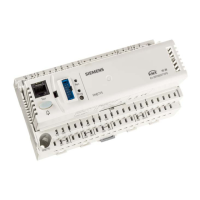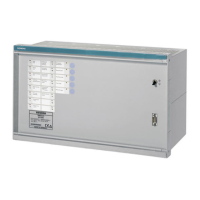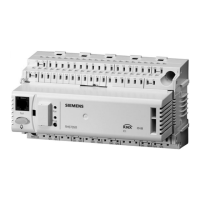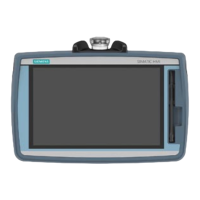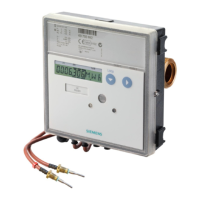Do you have a question about the Siemens RAPIDLAB 248 and is the answer not in the manual?
Describes symbols appearing on the system or packaging.
Explains text and symbol conventions used throughout the manual.
Details the main components and features of the 248 analyzer.
Describes the controls and indicators on the front of the analyzer.
Details the connectors and indicators on the rear of the analyzer.
Outlines how to configure measurement units, ranges, and other settings.
Details the calibration methods and procedures for the analyzer.
Discusses Quality Control procedures and handling for the analyzer.
Describes the main operational screen and sample type selection.
Explains the correct positioning of the probe lever for sampling.
Step-by-step instructions for analyzing syringe samples.
Step-by-step instructions for analyzing capillary samples.
Step-by-step instructions for performing Quality Control analysis.
Details how to put the analyzer into standby mode to conserve reagents.
Outlines the routine daily checks and cleaning procedures.
Step-by-step guide for replacing reagent bottles.
Explains the procedure for deproteinizing the analyzer's sensors.
Instructions for performing the disinfectant routine on the analyzer.
Covers checking gas pressure and replacing gas cylinders.
Guides on replacing pump tubing and maintaining pump rollers.
Procedures for clearing various blockages within the system.
Procedures for safely shutting down and disconnecting the analyzer.
Common causes and solutions for calibration failures.
Guidance for investigating and resolving suspect measurement results.
Troubleshooting common printer issues.
Diagnosing and resolving issues with the analyzer's heating systems.
Explains how to use built-in routines for diagnosis.
Configuration of operational parameters like QC and reference ranges.
System-level configurations like date, time, and parameters.
Settings related to instrument service and information.
Details required for ordering supplies from a distributor.
A list of available spare parts for the analyzer.
Contact information for Siemens support and authorized distributors.
Outlines the terms of the instrument's warranty and service.
Essential precautions for operating the 248 analyzer safely.
Lists potential hazards associated with the analyzer and its operation.
Specifies the measurement ranges for various parameters.
Electrical specifications including voltage, fuses, and leakage current.
Physical dimensions and weight of the analyzer.
Step-by-step guide for installing the 248 analyzer.
Initial power-up sequence and configuration steps after installation.
Overview of the different sensor types used.
How pH and blood gases are measured and their clinical significance.
Lists and describes the parameters calculated by the analyzer.
| Brand | Siemens |
|---|---|
| Model | RAPIDLAB 248 |
| Category | Measuring Instruments |
| Language | English |
